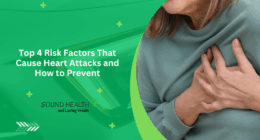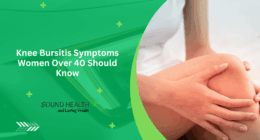New Insights into Prenatal Organophosphate Ester Exposure and Child Growth – Organophosphate esters (OPEs) are a class of chemicals commonly used as flame retardants and plasticizers. They are found in a wide variety of consumer products, from furniture and electronics to food packaging and personal care items. In recent years, concerns have grown about the potential health effects of OPE exposure, particularly for pregnant women and their developing babies.
Early life, a crucial stage for health and development
The early years of life are a critical period for growth and development. This is when the brain, nervous system, and other organs are undergoing rapid development. Exposure to environmental toxins during this time can have a profound impact on a child’s health, both in the short- and long-term.
Study
A recent study published in the journal Eco-Environment & Health offers new insights into how prenatal exposure to OPEs can affect a child’s growth in the first two years of life. The study, which involved 804 mother-child pairs, found that higher levels of OPEs in the mother’s blood were associated with faster growth rates in infants. This effect was particularly pronounced in girls, who showed increased growth in length and weight. One of the most important findings of the study is that the effects of OPE exposure appear to be sex-specific. Boys with higher levels of TBEP, a type of OPE, tended to have larger head sizes early on. Girls with more TDCPP, another type of OPE, showed increased growth in length and weight. This suggests that OPEs may have different effects on the development of boys and girls. The findings of this study highlight the need for further research into the health effects of prenatal OPE exposure. More research is needed to understand the long-term consequences of OPE exposure for children, as well as to develop strategies to reduce exposure to these chemicals.
What can we do to reduce our exposure to OPEs?
There are several things that you can do to reduce your exposure to OPEs:
- Choose products that are labeled as “OPE-free”.
- Avoid using flame-retardant treated furniture and electronics.
- Wash your hands frequently, especially after handling food or touching potentially contaminated surfaces.
- Eat a healthy diet that is rich in fruits, vegetables, and whole grains.
- By taking these steps, you can help to protect yourself and your family from the potential health effects of OPE exposure.
Some safe alternatives to products that contain organophosphate esters
There are several safe alternatives to products that contain organophosphate esters (OPEs). Some of these alternatives include:
Flame retardants: Researchers have advised the industry to explore alternatives for OPEs, which are commonly used as flame retardants in consumer products, Some alternatives to OPEs for flame retardants include:
- EHDPP (ethylhexyl 2,2-bis(4-hydroxyphenyl)propionate)
- TBOEP (tris(2-butoxyethyl) phosphate)
- TCIPP (tris(2-chloroisopropyl) phosphate)
- TDCIPP (tris(1,3-dichloro-2-propyl) phosphate)
Plasticizers: OPEs are also used as plasticizers in various products. Alternatives to OPEs for plasticizers include:
- Phthalate-free plasticizers, such as polyethylene glycol (PEG) and polypropylene glycol (PPG)
- Natural plasticizers, such as castor oil and soybean oil
Pesticides: OPEs are used in some pesticides. Alternatives to OPEs for pesticides include:
- Biodegradable pesticides, which break down naturally in the environment
Integrated pest management (IPM) strategies, which focus on preventing pest infestations through cultural, mechanical, and biological methods
It is essential to consult with healthcare providers and manufacturers to ensure that the alternatives used in products are safe and effective. Additionally, it is crucial to be aware of the potential risks associated with OPEs and take steps to reduce exposure during pregnancy, such as avoiding products that contain OPEs and washing hands frequently. Sources 1, 2
ALSO READ: Fruit Juice Linked to Weight Gain in Kids, But Study Finds Mixed Results in Adults










